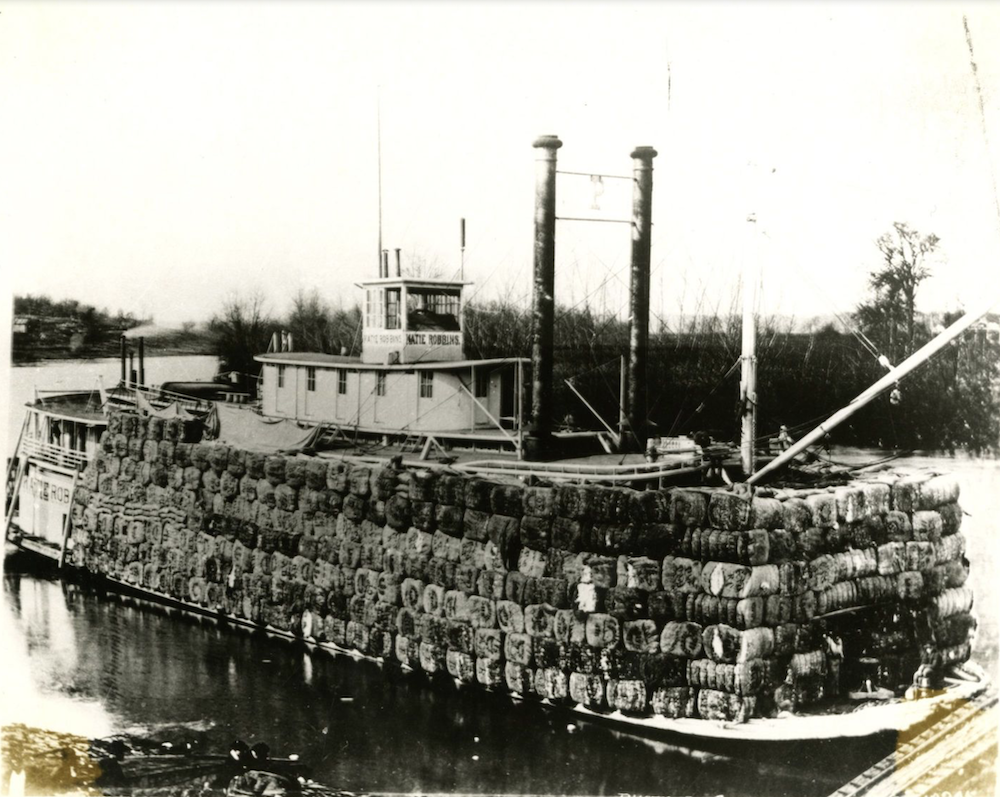Information
The present town of Gretna, Louisiana began as a development along the river across from New Orleans in 1836. Houses along what was then Copernicus Avenue were sold to the German immigrants then flocking to the region. Two later the St. Mary's Market Steet Ferry Company began to develop an adjacent parcel around a ferry landing across from St. Mary's Market, naming it Gretna, after Gretna's Green in Scotland. Present-day Gretna arose from the merger of these two communities, along with the slightly more rural area of McDonoghville. The main part of Gretna is characterized by shotgun dwellings, which form a large historic district. Historic designation has also been proposed for McDonoghville, with its preponderance of classic bungalows. Today Gretna retains much of the charm of its earliest history, but the mamoth Mississippi River Bridge and the Westbank Expressway sliced through the town and irrevocably destroyed a certain amount of the town's character. And Copernicus Avenue is no more, having been renamed Huey P. Long Avenue.
The Gretna Post Office that was built in 1936 is characterized as an "intrusion" on the Gretna Historic District, meaning that its architectural style - a model used for Post Offices across the country - had nothing to do with the vernacular architecture of most Gretna structures. In any case, that Post Office was abandoned by the Postal Service and now serves as the Gretna Cultural Center for the Arts. Not wanting to lose mail service near the river, the town proposed and subsidized conversion of the old Texas & Pacific train station into a post office substation, where patrons can enjoy the charm of this 1901 building. It is here that Stuart Purser's mural, originally painted for the 1936 Post Office, currently resides.

Purser's mural depicts the Gretna waterfront of the 1880s, with a row of steamships being loaded with cotton. The scene is authentic, in that Gretna was a major port and cotton a major commodity, but Purser took a fair amount of artistic license to develop his dramatic composition. That said, the five steamships that he shows were boats that were actually in service in the era shown, as can be verified from port records and shipping reports from the period. The boats' names can be made out if one enlarges our photographs: "Katie Robbins," "Henry Marks," "J.P. Jackson," "Edward J. Gay," and the "City of Memphis." Photographs and picture postcards exist for several of these boats. The Mississippi steamboats were designed for shallow waters, but that did not keep some of them from scraping bottom and sinking, as happened with the "Henry Marx" in a storm in 1901. "Henry Marx" was the boat's correct name, presumably in honor of shipping magnate Henry Marx, known in his day as the "Cotton Seed King." The "Katie Robbins" also sank - in its case when a barge cut in front of it on the Yazoo river and provoked a collision. At least none of these boats suffered from the other hazard that steamboats of that era always faced: catastropic explosions of their boilers. The J.P. Jackson had served as a warship in the Civil War, and became a commercial vessel after decommissioning. The "Edward J. Gay" was lauded by one admirer of Mississippi steamboats as the one boat he would most like to be able to ride on were a time machine available for that purpose.
While Purser's painting clearly refers to real boats, his depiction is somewhat fanciful. For one thing, by the time in which his painting is set, most steamboats were sternwheelers, not sidewheelers. All of the named boats were in fact sternwheelers, but Purser paints them as sidewheelers, with characteristic semi-circular cowls on the sides of each boat. But he does render the proportions and the superstructure accurately, using a Precisionist style that dramatizes these elements very effectively. And he makes the whole composition exceedingly clean. This works well as an artistic effect, but it is probably at odds with the reality of the period scene. Purser's bales of cotton are all neatly geometric and gleamingly white. The reality, as one can see in the photograph of the heavily-laden "Katie Robbins," was much, much messier. But Purser wasn't a painter of the Ashcan school, and his version of the Gretna waterfront is a delight to behold.
